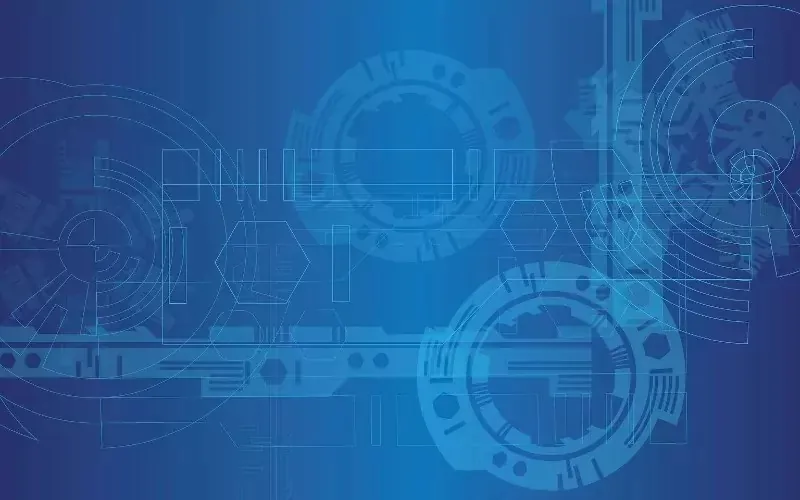In a pioneering joint effort, Rolls-Royce and Harvard University have embarked on developing nano robots designed to transform jet engine maintenance.
These diminutive robots, weighing a mere 1.5 grams, could soon enable comprehensive inspections without disassembling engines, marking a potentially transformative shift in aviation technology.
Pioneering Collaboration for Technological Advancement
In a groundbreaking collaboration, Rolls-Royce and Harvard University are pushing the boundaries of advanced robotics. The duo has developed a prototype nano robot, known as SWARM, with a weight of just 1.5 grams. This innovation could revolutionise jet engine maintenance by allowing inspections without disassembling the engine.
The robots, envisioned to work as a cohesive team, are designed to maneuver through the intricate structures of jet engines. Equipped with cameras, these robots will transmit live video feeds to operators, streamlining the inspection process and enhancing efficiency. This technology promises to reduce maintenance costs and increase engine availability.
Innovative Design and Functionality
The SWARM robots boast an innovative design that integrates small cameras, offering operators a real-time view of the jet engines’ internal components. This real-time monitoring ensures rapid visual inspection, potentially identifying issues quickly without the need to dismantle the aircraft engines. It represents a substantial shift in how maintenance is approached.
Through this collaboration, Rolls-Royce and Harvard are setting new standards in the aviation industry, merging academic excellence with industrial expertise to address complex engineering challenges.
Efficiency and Economic Impact
These tiny mechanized entities are predicted to yield significant economic benefits.
By embedding the robots within engines, operators hope to minimize downtime extensively.
The speed of maintenance interventions could lead to a reduction in costs, influencing the overall operational efficiency of airline operations.
As airlines strive to maintain competitive advantages, leveraging technology like SWARM robots could be a decisive factor in ensuring sustainability and profitability.
Challenges and Future Perspectives
While the potential benefits of the SWARM robots are vast, the journey to practical application is fraught with challenges. The miniaturization of technology to such a degree requires overcoming hurdles related to power supply, reliability, and effective communication systems within engines.
However, the potential rewards justify these efforts. Fast-paced advancement in technology could mean that these robots become a standard tool for jet engine maintenance in the near future, leading the field in innovative solutions.
Implications for the Aviation Sector
The implications of integrating SWARM robots into aviation operations are profound. Their adoption could redefine maintenance protocols, improving safety standards and reliability within the industry.
In turn, this could lead to increased customer satisfaction as airlines provide more reliable services. The introduction of such innovation highlights the critical intersection between technological advancement and service improvements.
Moreover, the aviation sector’s environmental footprint could be reduced due to more efficient operations, aligning with global sustainability goals.
The Vision of Rolls-Royce and Harvard
Rolls-Royce and Harvard’s collaborative endeavour reflects a shared vision of pioneering future-oriented solutions. This partnership underscores the commitment to pushing technological boundaries and exploring new frontiers in engineering.
Their work not only sets a precedence for future academic-industrial partnerships but also exemplifies how cross-sector collaboration can lead to remarkable breakthroughs.
The collaboration between Rolls-Royce and Harvard represents a significant step forward in the application of technology within the aviation industry. By developing SWARM nano robots, both partners demonstrate an ongoing commitment to innovation and efficiency.
As the project progresses, the potential for these robots to become integral maintenance tools could reshape the landscape of aviation operations, improving processes and setting new industry standards.


